Real Time Implementation of DSP based System

Course offered by Madhusudhana Rao
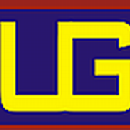
Gallery (8)


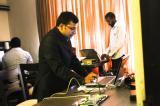
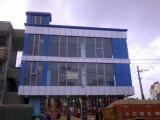
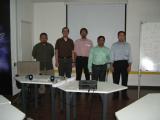
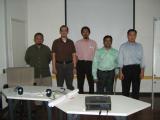

+1 more

Avg Rating
0 Reviews
1 Students
3 Courses
M.Tech (IIT New Delhi)
Tutor has not setup batch timings yet. Book a Demo to talk to the Tutor.
Different batches available for this Course
Reply to 's review
Enter your reply*
Your reply has been successfully submitted.
Certified
The Certified badge indicates that the Tutor has received good amount of positive feedback from Students.
![]() You have successfully registered
You have successfully registered
Real Time Implementation of DSP based System by Madhusudhana Rao

Select One
Tell us a little more about yourself
Real Time Implementation of DSP based System by Madhusudhana Rao

00
Days
01
Hour
01
Min
01
Sec
Verify Your Mobile Number
Please verify your Mobile Number to book this free class.
 Update
Update Please enter 10 digit phone number.
Please enter your phone number.
Please Enter a valid Mobile Number
This number is already in use.
Please enter OTP.
080-66-0844-42